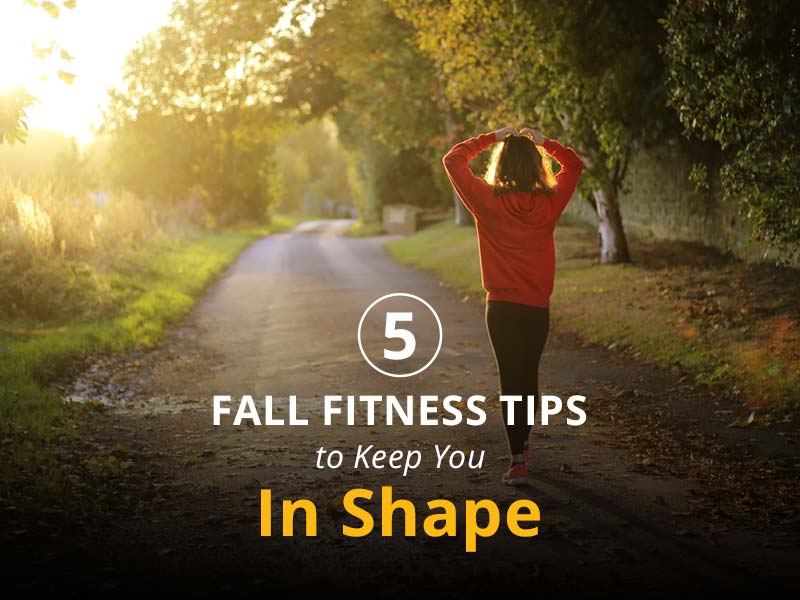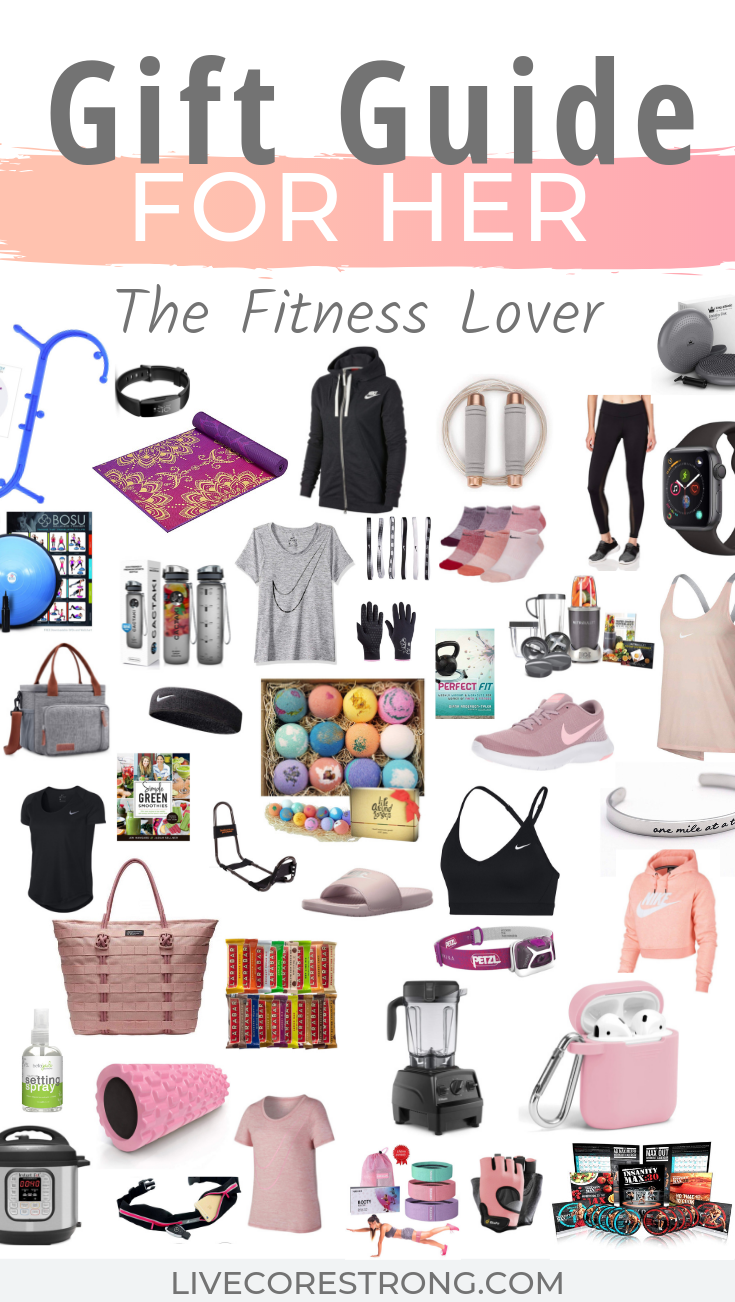
Full body exercises can be a great way of increasing your fitness level and building strong muscles mass. A full body workout can provide many benefits. They are quick and easy to do, taking only about half an hours. The full body workout targets multiple muscle groups, which can help you achieve your fitness goals. This is one of your best options for a total body workout. It increases your musculature and muscle stability, as well as your tensegrity.
Squats are a great exercise for all muscles. Squats target the core, shoulders, back and chest. Squats are possible at any time of the day, even during lunch. Simply pull your hips, shoulders, and hips back and keep your legs parallel to the ground. When lowering your body, be sure to use your heels as support.

The burpee is another great full body exercise. It will target the entire body, with the legs hitting the ground particularly hard. It will also target the upper and core muscles. It will get your heart rate going even when you're just sitting. The rower is a great choice for HIIT or low intensity steady sessions. Rowers can be used to strengthen the lower body as well as your overall strength. You can do a variety of different exercises with a rower.
Squats provide a great way to work your whole body and can be done anywhere. They are a great way to get in shape and burn calories. They are also easy to do anywhere. They are great for full-body exercise and warm-up. You can use almost any environment to get a full-body workout. Below are some of our favorite full body exercises. Just remember to do them safely to avoid injury.
The pull up is one of the best full body exercises you can do for beginners. It targets every muscle in your body and is a great way to improve your strength. It works all of your body, even your legs. It can also be used to tone and burn fat. Home workouts are also available if desired. This is a great option to enhance your fitness and build a strong physique.

The best full body exercise will target multiple muscle groups and be a great way to build strength. Push-ups, squats and lunges are all possible. This will allow you to build strength and control over the ground. It will help to lose fat and increase muscular mass if these exercises are done correctly. You will also get a strong core from the best whole body exercise. It will tone your entire body and improve your mental and physical health.
FAQ
How can I reduce my blood pressure
You must first determine the cause of high blood pressure. Next, take steps that will reduce the risk. These could include taking medication, eating less salt and losing weight.
Also, make sure to get enough exercise. If you don't have time for regular exercise, then try walking as often as possible.
Consider joining a gym if your current exercise regimen is not satisfying you. You will probably join a gym where you can meet other people with similar goals. It's easier to stick to an exercise routine when you know someone else is going to see you at the gym.
How does an antibiotic work?
Antibiotics are drugs which destroy harmful bacteria. Antibiotics are used for treating bacterial infections. There are many options for antibiotics. Some can be taken orally, others are injected and some are applied topically.
Many people who have been exposed can be prescribed antibiotics. An oral antibiotic might be prescribed to someone who has been exposed to chicken pox. This will prevent the spread of shingles. A penicillin injection might be given to prevent pneumonia in someone who has had strep.
Children should not be given antibiotics without the consent of a doctor. Children are at greater risk than adults for developing serious side effects from taking antibiotics.
Diarrhea is one of the most common side effects of antibiotics. Other side effects that could occur include nausea, vomiting and dizziness. Most of these symptoms disappear after the treatment is completed.
What should I eat?
You should eat lots of vegetables and fruits. They provide vitamins and minerals to keep your immune system strong. They are also rich in fiber, which is good for digestion and makes fruits and vegetables filling. You should eat at least five servings per day of fruit or veg.
Water is essential for your body. Water flushes out toxins and helps you feel full between meals. Drink about eight glasses each day.
Refined grains should be replaced with whole grains. Whole grains retain all nutrients including B vitamins, iron and zinc as well as calcium, magnesium, calcium, protein, and magnesium. Refined grains have been stripped of some of their nutrition.
Avoid sugary beverages. Sugary drinks are full of empty calories and lead to obesity. Instead, drink water, milk, or unsweetened Tea.
Avoid fast food. Fast food has very low nutritional value. It may taste great but it won't give you the energy you need to function properly. Instead, stick to healthier options such salads and soups as well sandwiches and pasta.
Try to limit alcohol intake. Alcohol is a poor nutrient and has empty calories. Limit yourself to no more than two alcoholic beverages a week.
Red meats should be avoided. Red meats are high-in saturated fat and cholesterol. You should choose lean cuts like beef, pork lamb, chicken and fish instead.
Why does our weight change as we get older?
How can you find out if your weight has changed?
If there are less calories than muscle mass, then weight loss is possible. This means that daily energy needs must be greater than the calories consumed. Activity levels are the most common reason for weight loss. Other causes include illness, stress, pregnancy, hormonal imbalances, certain medications, and poor eating habits. If there is more body fat than muscle mass, then weight gain can occur. It occurs when people consume more calories per day than they need. Overeating, increased physical activity and hormonal changes are all common reasons.
Our bodies lose weight mainly because we eat less calories that we burn. Exercise regularly increases your metabolism rate, which allows you to burn more calories every day. This doesn't necessarily mean we will lose weight. What matters is whether we are losing fat or building muscle. If we are burning more calories than what we eat, then we will lose weight. But, if we consume far more calories than what we burn, then we actually store them as fat.
As we age, we become less agile and don't move as often. We also tend to consume less food than when we were younger. Also, we are more likely to gain weight. On the other hand, we have more muscle mass and look larger than we actually are.
If you don't weigh yourself every week, it's impossible to determine how much weight has been lost. There are many different ways to measure your weight. You can check your waist size, your hips, your thighs, your arms, etc. Some prefer to use bathroom scales, while others prefer tape measures.
For a better track of your progress, try to weigh yourself once per week and measure your waistline once every month. To track your progress, you can also take photos every few months of yourself to see how far it has come.
You can also check your height online to find out how many pounds you have. You'd likely weigh 180 pounds if you were 5'10 tall and 180 pounds if you were 180lbs.
Does being cold give you a weak immune system?
Cold weather can cause a decline in your immune system. Your body produces fewer white blood cell which fight infection. You will feel less pain if you are cold.
Statistics
- According to the 2020 Dietary Guidelines for Americans, a balanced diet high in fruits and vegetables, lean protein, low-fat dairy and whole grains is needed for optimal energy. (mayoclinichealthsystem.org)
- According to the Physical Activity Guidelines for Americans, we should strive for at least 150 minutes of moderate intensity activity each week (54Trusted Source Smoking, harmful use of drugs, and alcohol abuse can all seriously negatively affect your health. (healthline.com)
- nutrients.[17]X Research sourceWhole grains to try include: 100% whole wheat pasta and bread, brown rice, whole grain oats, farro, millet, quinoa, and barley. (wikihow.com)
- In both adults and children, the intake of free sugars should be reduced to less than 10% of total energy intake. (who.int)
External Links
How To
What does the term "vitamins" mean?
Vitamins are organic compounds found naturally in food. Vitamins aid us in absorbing nutrients from the food we eat. The body cannot make vitamins; therefore, they must be obtained from food.
There are two types if vitamins: water soluble, and fat soluble. Water-soluble vitamins dissolve quickly in water. You can find vitamin C,B1 or thiamine, B2 or riboflavin and B3 or niacin, B3/niacin, B6/pyridoxine, folic Acid, biotin and pantothenic Acid as examples. Fat soluble vitamins are stored in the liver and fatty tissue. Some examples include vitamin D and E, K, A and beta carotene.
Vitamins can be classified by their biological activity. There are eight major vitamin groups:
-
A - essential for normal growth and maintenance of health.
-
C - vital for proper nerve function, and energy production.
-
D - necessary for healthy bones and teeth.
-
E is needed for good reproduction and vision.
-
K - Essential for healthy muscles and nerves.
-
P - Vital for strong bones and teeth.
-
Q - Aids digestion and iron absorption
-
R - Red blood cells are made from red blood cells.
The recommended daily intake (RDA), of vitamins varies with age, gender and physical condition. The U.S. Food and Drug Administration sets RDA values.
For adults over 19, the RDA for vitaminA is 400 micrograms per daily. Because it is essential for the development of the fetus, pregnant women should consume 600 micrograms per daily. Children ages 1-8 require 900 micrograms per day. Infants under one year of age require 700 micrograms per day, but this amount decreases to 500 micrograms per day between 9 months and 12 months of age.
Children between the ages 1--18 years old who are overweight or obese require 800 micrograms per Day, while those who are overweight or obese need 1000 micrograms. To meet their nutritional needs, children underweight and obese require 1200 micrograms a day.
Children between 4 and 8 years old with anemia will need 2200 micrograms daily of vitamin C.
2000 micrograms daily is required for adults over 50 to maintain their general health. Because of their higher nutrient needs, women who are pregnant or nursing need 3000 mg per day.
Adults over 70 require 1500 micrograms each day, since they lose around 10% of their muscle mass every decade.
Women who have been pregnant or are lactating require more than the RDA. Pregnant mothers need 4000 micrograms per daily during pregnancy and 2500 after giving birth. Breastfeeding moms need 5000 micrograms each day when breastmilk production occurs.